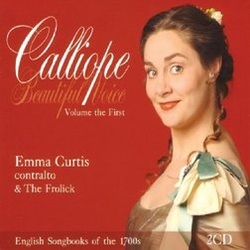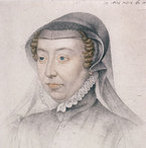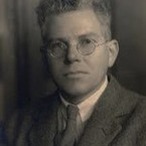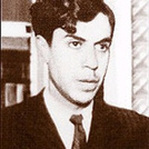|
Straight from the theatres, drinking houses and private drawing-rooms of the 1700’s comes this marvellous collection of Baroque songs, published in a two-volume work entitled “Calliope: Volume the First - English Songbooks of the 1700s”, performed by contralto Emma Curtis and early music group The Frolick.  Calliope Calliope The music is taken from a songbook called Calliope, which was published in 1739, which contained music by the great men of the day, such as Handel, Purcell, Corelli, Arne, as well as many other lesser known composers. There are drinking songs, love song, laments, and works which were particularly relevant to the events of the day, such as “The Lady's Lamentation for the Loss of Senesino” and “England's Lamentation for the Loss of Farinelli”, a reference to the gradual decline in the number of castrati on England’s shores. The project was conceived by the contralto Emma Curtis, who is the vocalist on the album. Calliope was named as Winner, Best Classical Vocal in 2006 by AllMusic. Emma Curtis, whose voice was described by Marilyn Horne as “the most contralto Contralto I've heard” sings songs from both the male and female perspective. In The Supplication, Curtis spends practically the whole song in the lower register, which is rich, warm and strong, and presents the listener with a few cavernous E3’s. In A favourite arie from Ariadne, Curtis moves with a beautiful legato through the three registers, and again beguiles us with those wonderful E3’s. The Early Horn is a boisterous, invigorating jig, which Curtis and the Frolick perform as if at a lively party. Curtis moves across the range with great agility, and ends the piece with a two-octave cadenza from F#3 to F#5. The foot-tapping Cupid and Venus is another song in this vein: the musicians of the Frolick clearly enjoying themselves performing this infectious music. Nymphs don’t do to well out of Calliope, as one is Forshaken, one Dying, and one Melancholy! The Forshaken Nymph sees Curtis at her most tender, weaving a delicate, mournful sound from her powerhouse contralto. The Dying Nymph is beautifully characterised, the words intimately and heart-rendingly delivered, while The Melancholy Nymph is delivered in salon-style story-telling fashion. The musicians of the Frolick, playing on period instruments, create an authentic sound, vigorous in the livelier pieces, haunting in the more sombre works. Their interaction with each other and with Curtis is slick, intelligent and engaging. This is a fantastic album, both for lovers of the songs of the Baroque period, and enthusiasts of the contralto voice. Check out the video below, which contains excerpts of the music from Calliope interspersed with interviews about the album, and also Emma Curtis' pages at the Contralto Corner. Click here to purchase the Album from Amazon.
0 Comments
|
Archives
October 2014
Categories
All
|
MOST VIEWED POSTS
© James Edward Hughes 2013

 RSS Feed
RSS Feed





